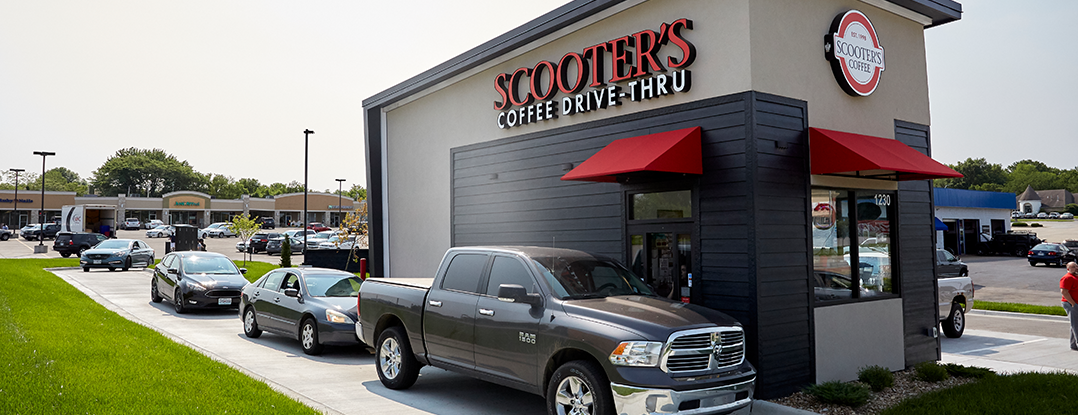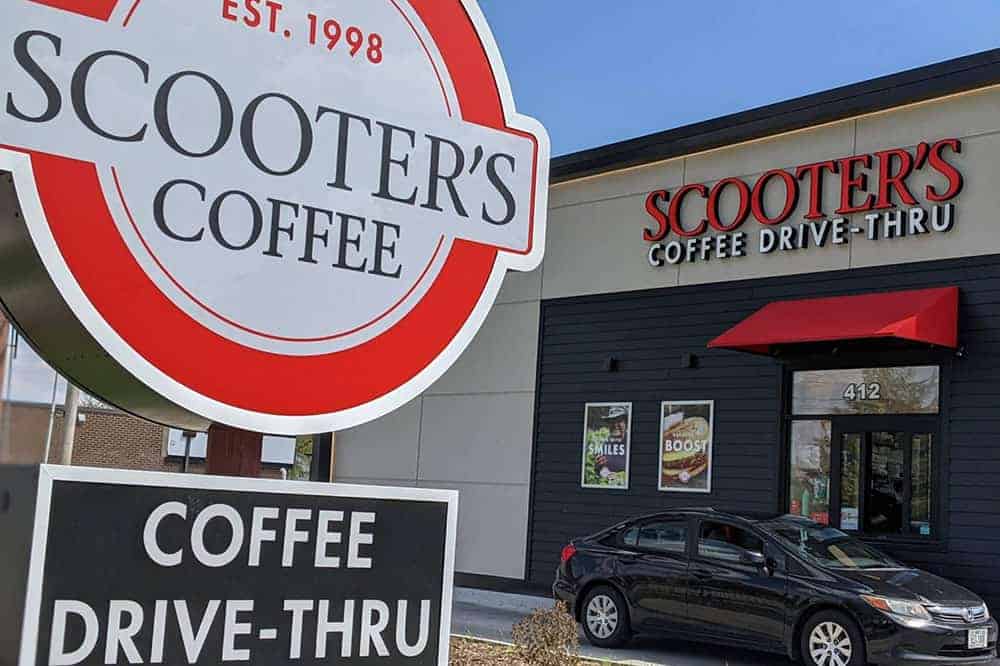

You’ve decided to open your own coffee shop – that’s a great goal! While you’re excited for your new venture, it’s easy to get overwhelmed by everything you need to do before launching your business. The best course of action? Have a detailed plan. More than just your overall business plan, you must also have a well thought out financial plan. Learn why it’s crucial to anticipate costs, estimate sales and revenue, and create a long-term plan for growth.
Designed to answer questions from potential investors, a solid financial plan has multiple sections including:
Clear and concise coffee shop financial projections provide potential investors with the information they need to assess the viability of your coffee shop business.
The coffee industry is booming. Valued at nearly $224 billion in 2023, the global coffee market is estimated to see a compound annual growth rate (CAGR) of 5.4% from now until 2030. At the forefront of this rapidly expanding industry is Scooter’s Coffee, a more than 25-year-old brand with over 800 locations nationwide.
Renowned for delivering high-quality, high-margin specialty coffee drinks through our fast and efficient drive-thru, our franchisees benefit from streamlined restaurant supply chain management thanks to our vertically integrated system. Instead of having to manage ordering inventory from multiple suppliers, our franchisees are able to get high-quality products delivered directly to their locations through our own controlled supply chain.
Scooter’s Coffee has markets available for investment across the U.S. and offers both drive-thru kiosk and endcap models. With an average unit volume (AUV) of more than $1.2 million* among our top quartile of locations (nearly $880,000 systemwide), it’s clear our business blueprint works.
To learn more about franchising with Scooter’s Coffee, request information today, and a member of our team will be in touch.
*This is historical representation of what some of our franchised stores earned as described further in Item 19 of the FDD. This information is based upon 272 of 618 Drive-Thru Kiosks that were open during the entire 2023 calendar year and provided complete information. Your results may differ. There is no guarantee you will stay in business that long or that you will achieve the stated levels of same-store sales growth within that time period. See Item 19 of the FDD for more information.